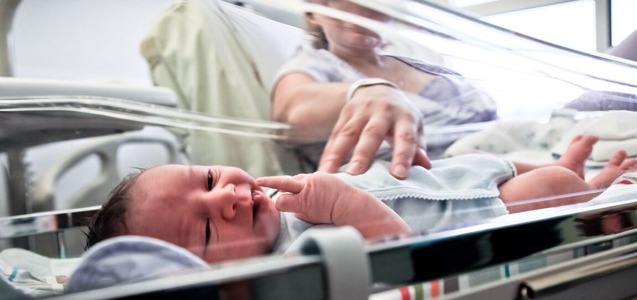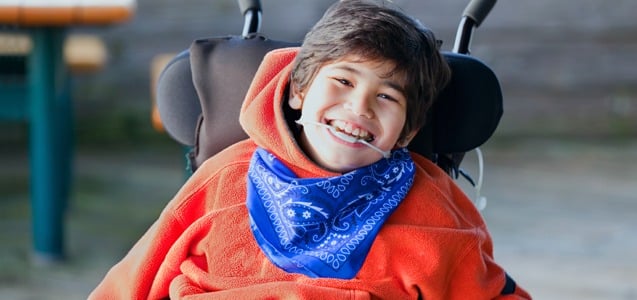The childbirth process should be a joyous and memorable experience for all families; but, not when there is a birth injury or trauma.
At The Yost Legal Group, we represent families who have suffered a serious birth trauma or birth injury. We are committed to raising awareness about birth injuries in the U.S. One of the most common birth injuries we see is cerebral palsy.
What is Cerebral Palsy?
Cerebral palsy is a broad term referring to any number of neurological disorders that result in the impaired development of a child’s brain function, motor skills, muscle control and more. These impairments do not worsen over time, but the signs and symptoms of cerebral palsy do become more and more apparent as the child continues to age and grow into his body. Cerebral palsy can take many different forms and it can impact children differently. That said, almost all forms of cerebral palsy are the result of a birth injury or birth trauma.
Tragically, cerebral palsy is one of the most common disabilities affecting children in the United States. Here are some statistics that demonstrate the high occurrence of cerebral palsy in the U.S:
- It is estimated that cerebral palsy impacts between 2 and 3 out of every 1,000 live births in the United States each year.
- Approximately 10,000 babies born each year will develop cerebral palsy in their lifetime
- Nearly 764,000 Americans currently live with some form of cerebral palsy
- Between 1,200 and 1,500 preschool-aged children will be diagnosed with some form of cerebral palsy annually
How is it Caused?
Cerebral palsy is the result of brain damage suffered before, during, or immediately after the birthing process, when an infant’s brain is still developing. Symptoms and manifestations of cerebral palsy can vary greatly depending on the extent of a child’s injury, as well as when and how it was sustained.
There are four types of brain damage that can cause cerebral palsy:
- Periventricular Leukomalacia (PVL): Damage to brain tissue which impairs the brain’s ability to relay nerve impulses that control motor function. Symptoms most commonly associated with this type of damage are intellectual impairment, hearing and visual impairment, and stiffness in the muscles or limbs.
- Hypoxic-Ischemic Encephalopathy (HIE): Oxygen deprivation to the brain resulting in the destruction of brain tissue. Symptoms that can result from this type of injury include epilepsy, cognitive and motor-skill impairment, and developmental delay. Signs and symptoms of this type of injury are usually not evident until a child reaches three or four years of age.
- Intraventricular Hemorrhage (IVH): Severe bleeding inside the brain, sometimes resulting in a hematoma, a condition which can damage and kill the surrounding tissue. Depending on the location, duration and severity of the bleeding, the brain’s ability to control cognitive and motor function may be permanently damaged.
- Cerebral Dysgenesis: This is not a brain injury per se, but rather in-utero brain malformation or abnormal brain development. This can occur at any time during fetal development and has a wide array of possible symptoms.
Protecting Your Rights as a Victim
At The Yost Legal Group, Baltimore Birth Injury and Personal Injury law firm, we are committed to protecting the rights of people whose babies were injured before, during or immediately after the birthing process.
If your child’s birth trauma or birth injury may have been prevented, we will investigate the facts, work to get to the truth and seek monetary damages for you and your family, to help pay for a lifetime of care for your child.
At The Yost Legal Group, our experienced Birth Injury and Cerebral Palsy lawyers will investigate every detail of your case to get to the bottom of how your baby sustained a birth injury.
At The Yost Legal Group, if we believe you have a case, you will never pay an attorney’s fee up front. We will take your case on a contingency fee basis, meaning you pay nothing unless we achieve a recovery for you.
Call The Yost Legal Group today at 1-800-YOST-LAW (967-8529) to find out how we may be able to help.
Don’t fight this battle alone. Let The Yost Legal Group provide the answers you seek.
The Yost Legal Group – Experienced Attorneys Dedicated to Protecting Your Rights

